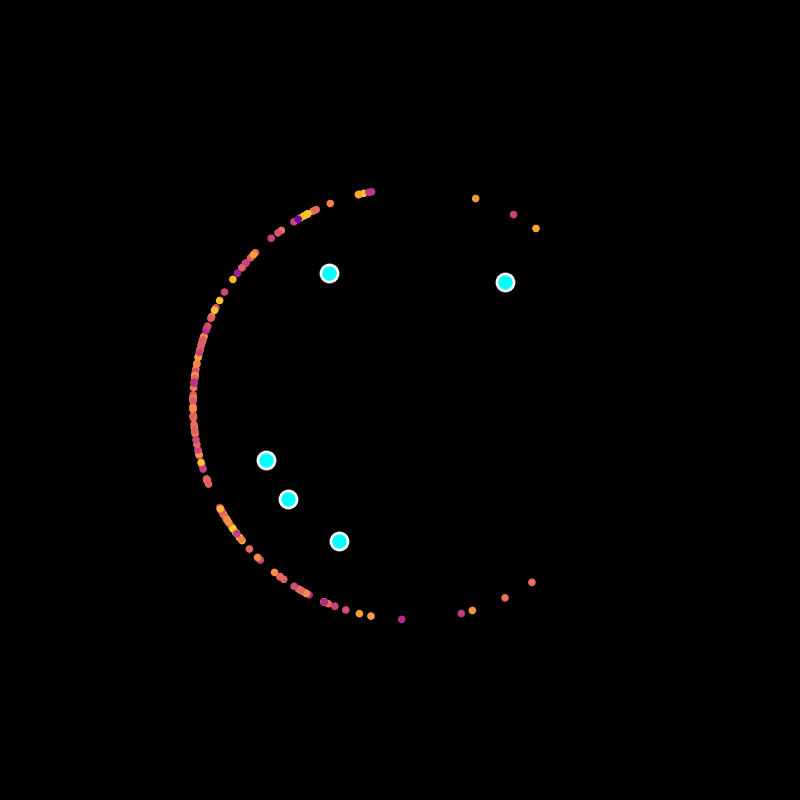Flamandzki Artur – The rhythm is one, the numbers are many
Who I Am
For as long as I remember, mathematics was part of my life. I didn’t study it for school. I explored it on my own, because I wanted to understand.
My father had a mathematical mind, and I inherited that from him. He never pushed me to learn. He just showed me new things when what I already knew wasn’t enough anymore. I moved forward naturally, one step at a time.
Early on, I was doing math beyond the school program. Not because I had to, but because it made sense to me. While other subjects felt like tasks, mathematics was something I could actually use my mind on.
When my father passed away, things became difficult. I had to take care of myself and my younger brother. What I had learned before, and the way I had learned it, helped me finish school even when studying was no longer a priority.
I stepped away from formal mathematics, but I didn’t lose the way of thinking. I kept building things. I wrote software, designed my own calculators, and tested the limits of computation.
I was accepted to Lodz University of Technology with an Individual Course of Study. I didn’t finish. Life got in the way. Later, I returned to school at the University of Social Sciences, where I completed my engineering and master’s degrees. I also started a company focused on electronics and software — from concept to product.
At some point, I left behind the idea of working with huge numbers. It wasn’t going anywhere. Still, one idea stayed with me: if I could count numbers with a fixed number of divisors through an algorithm, maybe I could look deeper into primes.
When life was no longer about survival, but had settled into a rhythm, I could finally return to what had always been there — my way of thinking, and the questions I had never let go of.
In 2022, I found structure. Not theory. Structure that explained prime numbers in a practical, observable way. I tried to share it, but I quickly saw how important formalism was to the academic world — and how little it had to do with solving problems.
I didn’t write proofs. I built answers. And what I built led me to a solution to the Riemann Hypothesis. Not by analysis. By structure. Structure that, in a way, had always been there.
What Drives Me
What drives me is the desire to solve problems — but only the ones that inspire me. It's not just about the result — that often comes as a byproduct. What truly moves me forward is the quality and simplicity of the method.
The way I reach a solution must have logic, structure, rhythm — it must be primal in its simplicity. That simplicity is my fuel. When a solution emerges as the natural consequence of a well-understood problem, I know I'm in the right place.
What I Propose
At this stage, I prefer not to reveal too much. However, I can assure you — it's worth checking back from time to time.
Where It Leads
The name of this site speaks for itself. Be open to rhythm, curious about structure, and attuned to resonance. Everything will reveal itself — in its own time. The rhythm is one, the numbers are many.

A visual echo of internal structure — not calculated, but emergent. The field lives on rhythm alone.